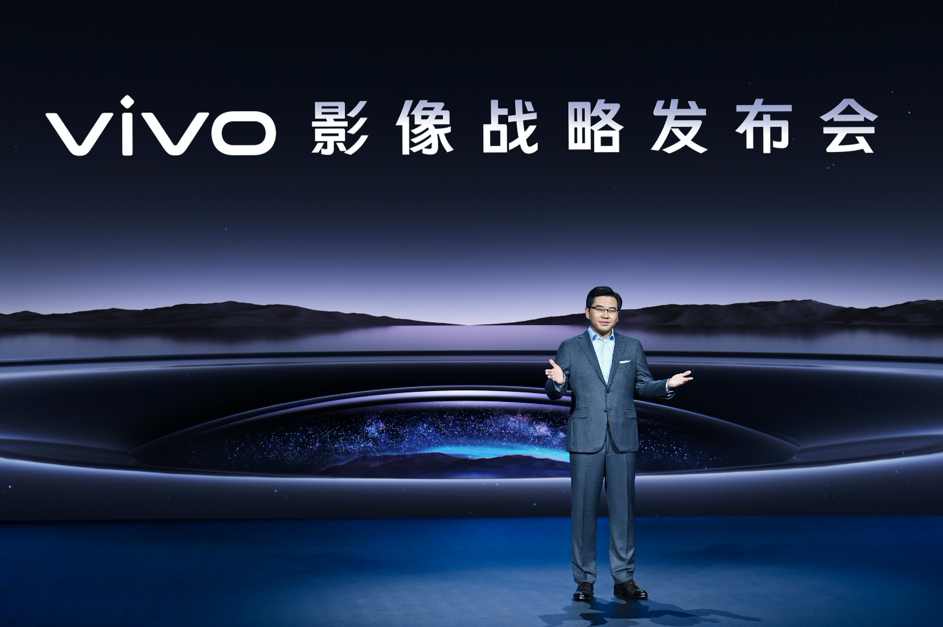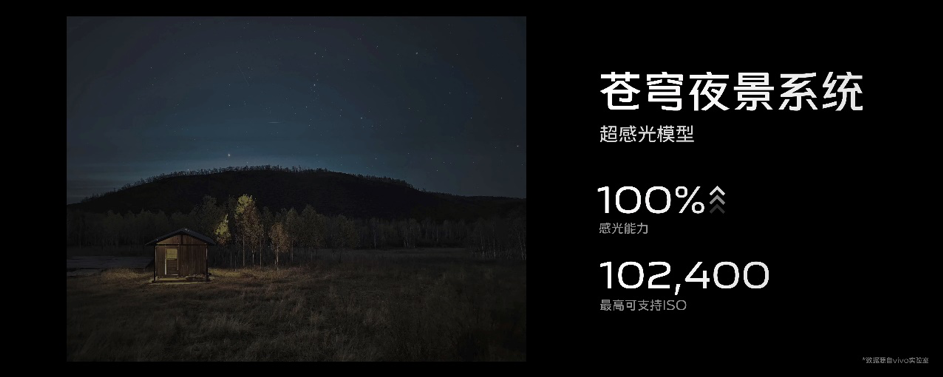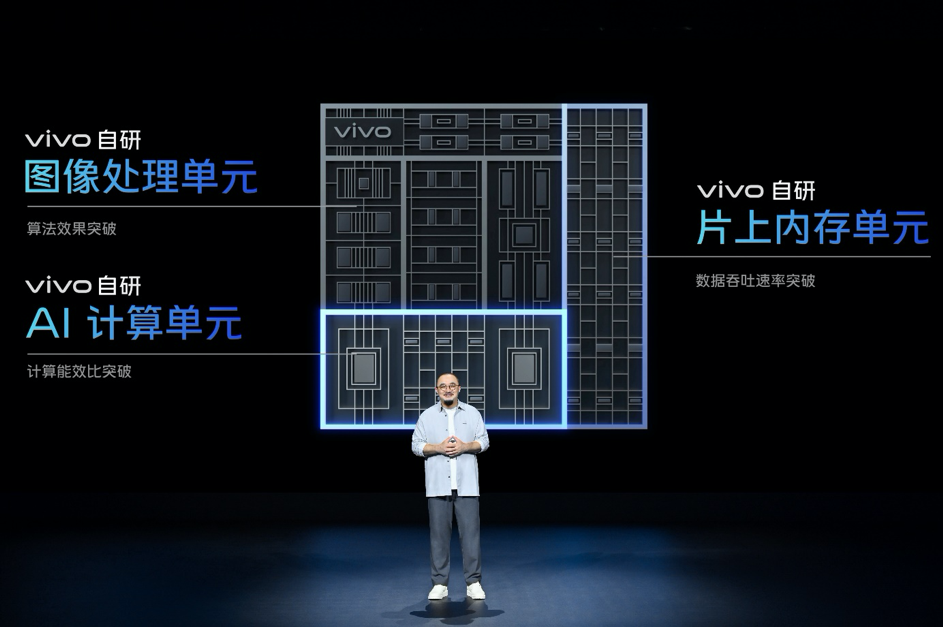
vivo is about to launch the vivo X90 series later this year. However, speculation said that the handset almost saw the light of day, but the firm shelved it to focus on the vivo X90 series. The company’s camera teases confirm the vivo X90 series’ arrival. vivo and Zeiss have been working on the X90 flagships’ camera technology. vivo’s upcoming phone has a bigger photoreceptor.
According to vivo, its photosensitive ability will be 77% better than that of the 1/1.3-inch Samsung ISOCELL GNV, and its size will be 1-inch. The vivo imaging strategy conference was officially held On October 24 the, 2022, the firm shared more details on the X90 Series camera upgrades as well.
Imaging technology matrix
vivo unveiled the “Three Parallels” at this imaging strategy conference to make the product’s imaging functionalities equivalent to those of professional imaging equipment, professional photography teams, and professional post-production capabilities to give users a good imaging experience as well as an image technology matrix.
Portraits and night photography are the focus of this generation. Some of this technology was developed by vivo and some by its imaging partner, Zeiss. It starts with the optical system, which uses innovative lenses and coatings to boost the image sensor’s signal-to-noise ratio. After that, the True Color Restoration Engine sets the white balance.

Ultra-Clear Image Quality Engine
With a super-resolution method that employs a virtual lens model to recover 35% of optical imperfections—lost information. For periscope lenses, multi-frame mode improves image quality and dynamic range. The phone measures ambient light brightness and colour temperature for a realistic scene.
Super-sensing portrait system

Portrait photography’s three-part system follows. The first phase analyses the scene and recognizes 103 facial feature points and the subject’s position. One part applies machine-learning beauty filters to the topic, while the other tunes multiple dials to alter the background (blur, tone, brightness, etc.). Vivo and Zeiss are collaborating to build a new 50mm portrait lens, which was also announced in the press briefing.
VCS Bionic Spectrum Technology
Compared to the previous generation IMX866 sensor, the next-generation sensor with VCS technology will boost the signal-to-noise ratio by 20% and colour reproduction by 15%. It is said to use Sony IMX989 sensor.
Sky Night View System

The new “Sky Night View System” uses a self-developed AI algorithm and an improved lens sensor to increase picture sensitivity by 100% and supports ISOs up to 102400, allowing lengthy exposures without tripods or stabilizers. And, with handheld devices, users can now capture starry skies.

In terms of telephoto, vivo’s next-generation flagship will feature lenses with over 5x zoom increasing the shooting resolution by up to 64%.
A larger CMOS sensor
vivo showed a larger CMOS sensor with 77% more light sensitivity than GNV for future devices. The new generation of self-developed image chips will use the AI-ISP architecture to bring the low-latency and high energy-efficiency of traditional ISPs to the AI real-time processing computing architecture to handle more complex mobile phone multi-camera application scenarios.

A new acceleration engine—possibly a V1 ISP successor—processes most of the data. It accelerates deep learning and computer vision tasks using standard ISP methods and AI-based solutions. Video processing hardware is custom-designed. SRAM on the proprietary vivo chip handles all data. Off-chip RAM has higher latency and power consumption. Vivo claims 16.3 trillion operations per second (TOPS) per watt for its processor.
This was merely a sneak peek at the camera technology for the vivo X90 series. There is currently no information available on the vivo X90 series launch. The firm has not yet announced a release date, but the new line should be available within the coming months.
Speaking at the event, Yu Meng, Vice President of vivo Imaging, said,
The technical level of power and algorithm continues to make efforts to innovate. At the same time, in line with the user-oriented principle, vivo focuses on users’ pain points, polishes its capabilities in dimensions such as color, night scene, portrait, motion, and video, and steadily improves the user’s image experience. In the future, in the field of mobile imaging, vivo will bring continuous impetus and leadership, and continue to lead in the long-term imaging track.